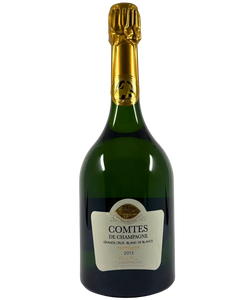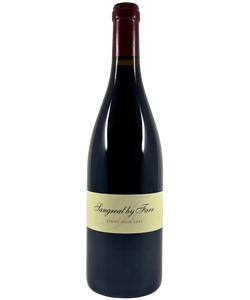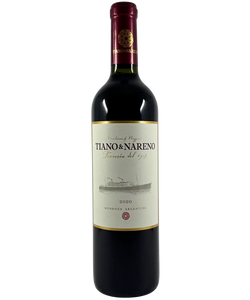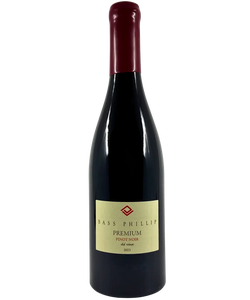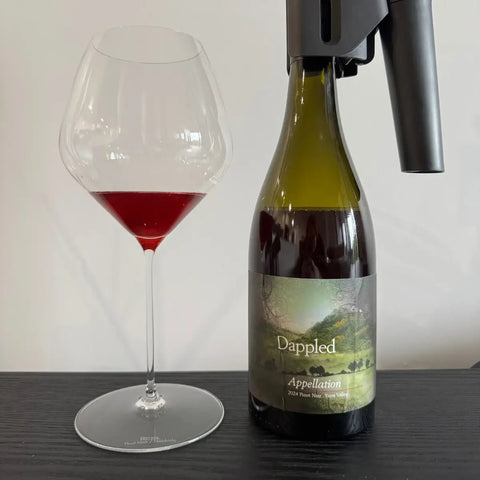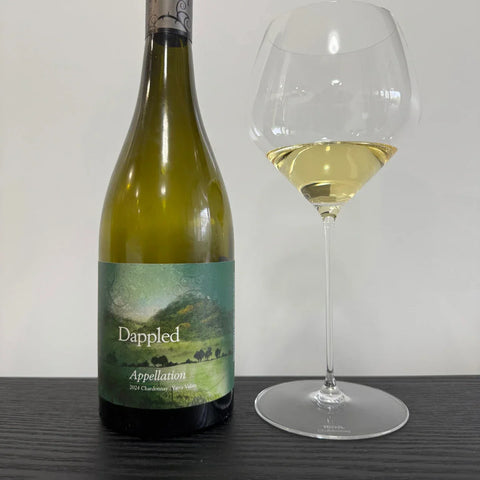If you’ve been watching the wine market closely, you’ve probably noticed a major shift. After years of sharp price growth, things have cooled. But is that cause for concern — or a signal to buy?
Whether you’re just starting to collect or you’re already deep in the cellar, here’s what you need to know about the current state of the wine market, including Liv-ex index trends, premiumisation, and where opportunities may lie for the patient buyer.
First, what is Liv-ex?
Liv-ex (short for the London International Vintners Exchange) is the global marketplace for fine wine. It tracks prices, trades, and sentiment across thousands of wines from around the world, making it one of the most reliable indicators of what’s really happening in the secondary wine market.
They publish several indexes — like the Fine Wine 1000, Champagne 50, Italy 100, and Burgundy 150 — to show price trends for different regions and categories. These indexes are based on actual market transactions, not estimates.
The pandemic boom… and the post-boom reset
Between 2020 and 2022, wine prices surged — driven by low interest rates, pandemic-era wealth effects, and rising global demand. Champagne, Burgundy, and top-tier Italian wines saw unprecedented growth.
But by mid-2023, the rally had started to reverse. Buyers became more cautious. Prices began to soften, and now, many of the major Liv-ex indices are back to levels seen in early 2020.
 Caption: The Fine Wine 1000 — which tracks 1,000 of the most traded wines globally — has pulled back to pre-pandemic levels.
Caption: The Fine Wine 1000 — which tracks 1,000 of the most traded wines globally — has pulled back to pre-pandemic levels.
A closer look: Champagne, Burgundy & Italy
Each region tells its own story.
Caption: After a steep rise, the Champagne 50 has returned to near its January 2020 level, opening the door for collectors who missed the last run.
-
Champagne 50: Driven by demand for prestige cuvées like Dom Pérignon and Cristal, the Champagne 50 index almost doubled between 2020–2022 before dropping sharply in 2023–2024.
-
Burgundy 150: Burgundy’s rally was even more dramatic, peaking higher and falling further — though the rarity of top Burgundy still gives it long-term collector appeal.
Caption: Burgundy’s top wines surged in 2022 before correcting — the current level may offer better long-term value.
-
Italy 100: Often seen as a value play, top Italian wines (think Barolo, Brunello, and Super Tuscans) held steadier through the correction, but are also now near 2020 price points.
Caption: The Italy 100 remains one of the most stable indices — but even it has retraced gains from the 2022 peak.
Premiumisation is still happening
Despite the market cool-down, premiumisation — the shift toward better-quality, higher-priced wines — is still very much alive. Consumers may be buying fewer bottles, but they’re choosing more thoughtfully and often spending more per bottle.
Retailers and restaurants are responding with tighter, more curated wine lists. Collectors are looking for provenance, rarity, and long-term performance. This bodes well for:
- Producers with a strong track record
- Back vintages with proven age-worthiness
- Wines from emerging regions with limited supply
Note: In 2024, 80% of Liv-ex trade value came from just 2% of wines — signalling that demand is increasingly focused on the top end of the market.
Are we at the bottom of the market?
No one rings a bell at the bottom of a market, but historically, moments like this — when prices return to long-term trendlines — can present compelling buying opportunities.
Many indices are now hovering around their January 2020 levels, which could be a signal. Historically, as inflation eases, interest rates fall, and confidence returns, wine prices tend to rebound — largely because more capital begins flowing through the economy and into tangible assets.
And like property, fine wine is a finite, physical asset. Over time, great bottles are either drunk or cellared — and that built-in, growing scarcity helps support long-term value.
What should collectors do now?
If you're building a cellar or investing for the long term, now may be a smart time to:
- Revisit wines you missed during the price surge
- Diversify across regions — especially where prices have corrected
- Look for provenance and condition over hype
- Focus on quality — historical performance matters amongst shifting consumer trends
Final thoughts
The fine wine market is correcting — but it’s not collapsing. This is what markets do. And for thoughtful collectors and long-term investors, this moment could be an inflection point.
If you’ve been waiting to build your cellar, the wine world just sent you a fresh invitation.
Need help sourcing the top 1% of the wine market?
We stock a limited amount of investment grade wines and have access to plenty more from Salon to Screaming Eagle. If you're after something specific (or more of a favourite)? Let us know - we love sourcing more wine🍷
Important
Please know, the information on our website is general in nature, we don’t provide advice and individuals should make their own decisions. The value of investments can go up as well as down and you may receive back less than your original investment. Further, the tax on your investments depends on your individual circumstances and may be subject to change.

